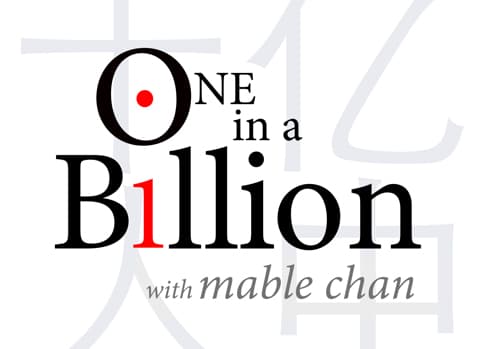For as long as I can remember, I have loved to move. My first childhood memory is dancing in my living room as my parents applauded. By “dancing,” I mostly mean spinning around until I slipped and crashed to the floor.
I was adopted from China at ten months old. My parents are white, so they were constantly searching for ways to make my heritage more accessible to me. They enrolled me in Chinese dance when I was four years old in order to offer, not only a platform to perform, but also a connection to my culture. I never imagined that a childhood hobby would become an integral piece of my identity.

Dress Rehearsal
Like most children who realize they like something, I wanted to be surrounded by Chinese dance at all times. I could not articulate it at the time, but dance became my sole connection to my homeland. It gave me an understanding of who I was and where I belonged in a way that nothing else had. Through every new dance I learned, I felt closer to my people. It was freeing and made me feel part of an entity larger than myself.
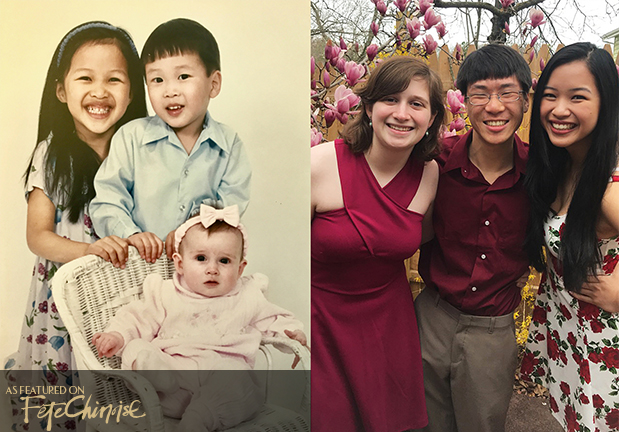
Courtesy of Kira Omans
“What made me Chinese, other than my appearance? What connected me to a lineage and a history of people that I was not fully immersed in?”
-Kira Omans
I walked around Lunar New Year festivals dressed in traditional silk costumes, adorned in sequins. I fed lion dancers lettuce, stuffed my face with dim sum, and shopped for qipaos with my mom. I was raised with an appreciation for the richness of my Chinese heritage, yet I felt a simultaneous disconnect because I grew up in an American family.
Strangers in the park would ask me, “Where are you parents?” when they were watching from a bench right behind us. Chinese women would speak in rapid Mandarin while I stared blankly and waited for the opportunity to explain that I didn’t understand. As I grew, so did my awareness of how I was different from the people around me.
Stage Fright
When I danced, I began to feel like a stranger in my own skin. My recitals became a performance of my attempt to earn a place in my culture. What made me Chinese, other than my appearance? What connected me to a lineage and a history of people that I was not fully immersed in? Though I shared their genetics, I could not feel more estranged.
I began to get bullied at school, and I wanted to sever this connection fast. Kids would pull their eyes back to imitate “Asian eyes.” Kids would ask me if every little thing I did was “the way they do it in China.” Kids would ask why “my real parents didn’t want me.” I begged my parents to quit dance. I laughed at racist jokes, so my classmates wouldn’t think I was “one of them.”
Standing Ovation
My parents would not let me quit dance, and I am very thankful they didn’t.
Once I viewed my unique culture as an asset rather than a deficiency, I embraced this side of my identity with the same abandon as a child. Even if I would never be viewed as fully Chinese, I could still connect to my heritage for my own enrichment.
Shaping your identity is a lifelong journey, and being adopted only adds complicated, intricate layers. As many adoptees will tell you, connecting to our roots is work. We are not inherently surrounded by our native culture, so we must seek it out and learn for ourselves. This is not easy, and there are times when I question if it is even worth it.
I love Chinese dance. I love expressing myself in movements that have been passed down through generations. The elegance and grace that makes fluttering fans an extension of yourself fascinate me. Traditional music stirs an instant desire to move. Bright costumes flashing across the stage with colorful silk ribbons soaring through the air is exciting. There is an instant thrill of watching a live performance that represents an entire history.
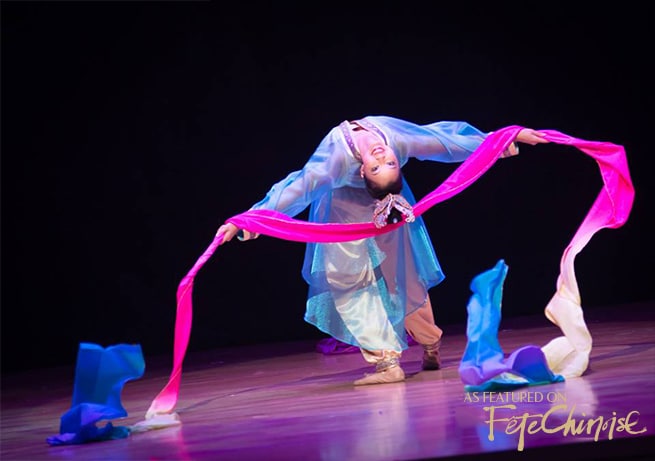
My roots have shaped me to be more culturally aware and empathetic. Paying tribute to my birthplace will always being important. There will always be times when I feel like I am putting on a performance. There will always be times when I feel like I am trying to prove that I am more Chinese or more American. Dancing is not one of them. When I dance, I am sharing my culture as a Chinese-American adoptee.
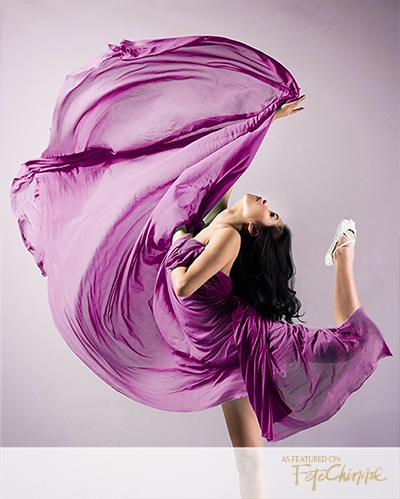
This blog is published with permission from Kira Omans
